Clipping a bird’s wings can cause physical and psychological damage to the bird, depriving it of flying, which is what birds are born to do. Migratory birds may have felt this as they were not allowed to land in the San Antonio River this year to eat or drink, or even to land in a tree to nest as they have for over a decade in Brackenridge Park.
Cultural heritage is the legacy of values, traditions, and artefacts that we inherit from past generations and share with our community. It also includes natural heritage, such as landscapes, biodiversity, and ecosystems, that have cultural significance or are influenced by human activity. Biodiversity is the variety of living species on earth. While an Ecosystem is a biological community of interacting organisms and their physical environment,
An almost literal clipping of the wings of Migratory Egrets and Herons by the City of San Antonio has left behind an emptiness for those who have watched the birds arrive to nest for years around the city. The loss of the Natural Heritage-the natural cycle of life replayed each spring was felt by many of us, including the native wildlife that prey on the nesting birds for food for their own offspring, appearing to negatively impact the workings of the ecosystem.
The action against the birds included the harassment of adult birds using EPCD’s-Explosive Pest Control Devices while contractors banged together two by four boards at the birds. The violence against the birds included the destruction of nests with viable embryos by the USDA’s Wildlife Service using a Fish & Wildlife Service Depredation permit obtained for the lethal take(killing) of birds with what appears to be an effort to sidestep the Migratory Birds Treaty Act.
The Migratory Bird Treaty Act of 1918 (16 U.S.C. 703-712) implements four international conservation treaties that the U.S. entered into with Canada in 1916, Mexico in 1936, Japan in 1972, and Russia in 1976. It is intended to ensure the sustainability of populations of all protected migratory bird species.
Read More: Migratory Bird Treaty Act of 1918 | U.S. Fish & Wildlife Service (fws.gov)
Actions by the USDA’s Wildlife Services earlier this year appear to have failed to honor their Memorandum of Understanding (MOU). The purpose of this MOU is to strengthen migratory bird conservation by identifying and implementing strategies that promote conservation and avoid or minimize adverse impacts on migratory birds through enhanced collaboration between the Parties, in coordination with State, Tribal, and local governments.
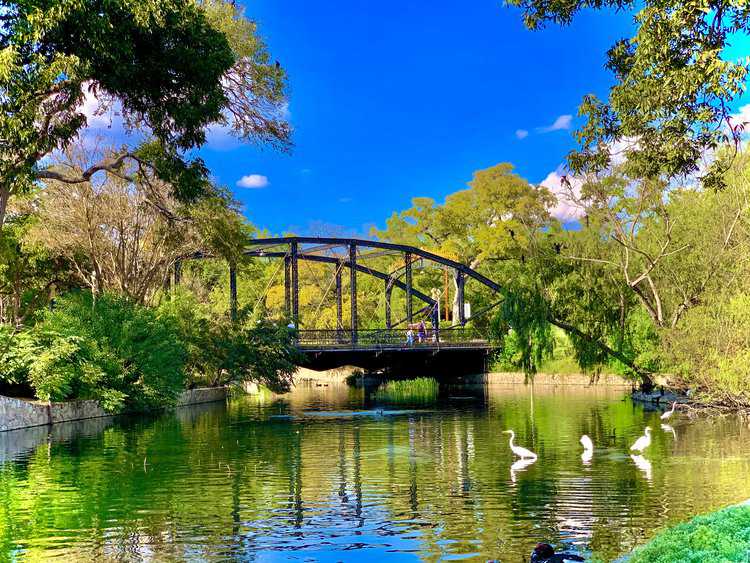
Kamala Platt shared her connection to migratory birds in Place of White Herons: A Homecoming Story. Platt shared, “I first saw white egrets and herons in the Sand Hill prairies of the Arkansas River basin where, as a young child, I followed my father, a prairie ecologist, on field research.” She went on to say, “after I’d been in San Antonio long enough to know I was home, I spent time in neighborhoods I favored, and found in the heart of the city’s Westside, a gathering of herons, egrets and cormorants at Elmendorf Park in front of Our Lady of the Lake University (OLLU). These birds helped me find my house six blocks away.”
In 2019, hopes of preserving cultural and natural heritage spurred our community’s struggle to preserve Bird Island – an egret, heron, and cormorant colony located in a city park near my home in a mostly Mexican American neighborhood on San Antonio’s Westside. Along with our barrio’s decades-long, multi-generational love for and identification with these birds, the white egrets and herons have particular Mexican American cultural significance related to Aztlan or “place of herons,” the Aztec northern homeland for the peoples who long ago settled the region that is now Mexico City according to Platt.
This ancient story rejuvenated, in the US during the Chicano Movement reminds us that humans, like birds, have migratory kinship connections that span the continent and the centuries.
According to postdoctoral researcher, Alejandra Echeverri, “There’s also the benefit of leaving a natural legacy—this is the idea that there are certain birds people feel so strongly about they want to make sure their children or grandchildren get to experience them,” according to a new Conservation Letters study co-led by Stanford Natural Capital Project.1
If we look at prehistoric caves and rock paintings or ceramic effigies of prehistoric humans to the present, we can find close links between birds and ourselves. An effigy is a prehistoric picture on the interior of a cave-a prehistoric picture on the interior of a cave, or on rock formations often depicting animals.

You can find some references to animals in Pictographs such as those located at Paint Rock Texas that dated back at roughly a thousand years old. The town’s name comes from Indian pictographs painted on cliffs overlooking the nearby Concho River. Some of the pictures painted on the rocks include animals, human figures, and handprints (Paint Rock, Texas – Wikipedia).
In 2022, I had the honor to meet Mary Motah Weahkee last spring at Paint Rock. Mary is a member of the Comanche Nation and Santa Clara Pueblo tribes and has been an archeologist for the State of New Mexico for many years.
When asked about the displacement of Migratory Birds in Brackenridge Park, Mary pointed out that, “these birds that we are speaking of are Sacred animals, they’re used in a lot of ceremonies-by my pueblo people, by my Comanche people, they were used by the Azteca people. Everybody that came up that river, that Yanaguana to make those Sacred journeys to the Sacred spring.
Weahkee goes on to ask, “someday are you going to be the one that causes its destruction because of your lack of wanting to learn about these things?
These birds that they are deciding to take out, because they feel that they aren’t Sacred or they weren’t here, they weren’t Indigenous species, these people are lying. These birds have always lived here, they lived here before human people came to that place, they took baths in that Yanaguana. Who gives us the right to take their life away from them?
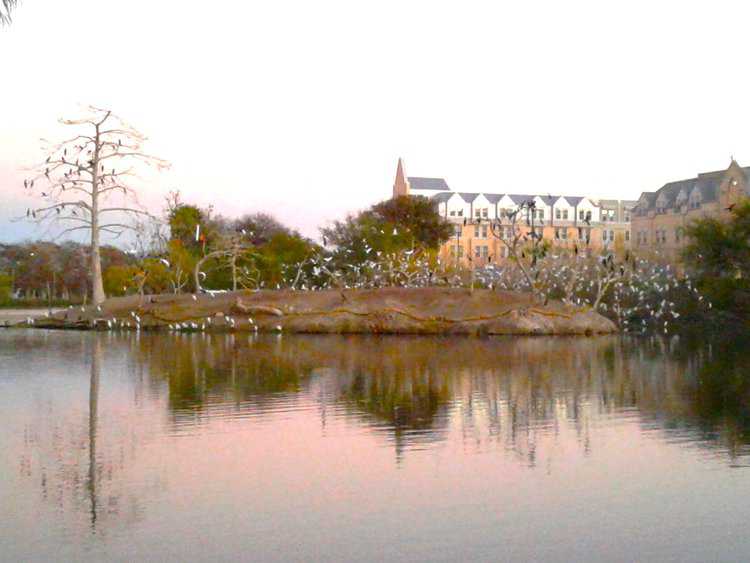
To Save Our Central Park tells the story of the fight by San Antonio residents to save the Historic Landscape along one area of the 100-year floodplain called Lambert Beach. The Historic Oak Trees also happen to be the original nesting trees of Migratory birds- Egrets and Herons.
The city claims that removal of 48 trees is needed to repair a section of river wall originally built to protect the trees in the early 1900’s. Emails obtained via the Freedom of Information Act revealed that the reason for removing the trees is, “to keep rookeries from forming.”
Across from Lambert Beach is a place along the bend in the river that is Sacred to the Indigenous people- the Pakahua Coahultecan of the Native American Church. The Sacred Waterbird of the Indigenous Creation Story is the Double Crested Cormorant that until recently had been present in the area along the river known as Yanaguana Spirit Waters, a gathering place for the Indigenous dating back thousands of years.
With Migratory birds kept out of the National Register of Historic Places and State Antiquities landmark this year, I have to ask what about the Cultural Resource Management plan?
The purpose of a cultural resources management plan (CRMP) is to identify, preserve, and promote stewardship of a community’s cultural and historic resources. Without a notable plan to preserve the cultural landscape, connection of the people to the birds, it seems we are just flapping our clipped wings and going no where with a city that sadly refuses to consider our cultural connection to the birds.
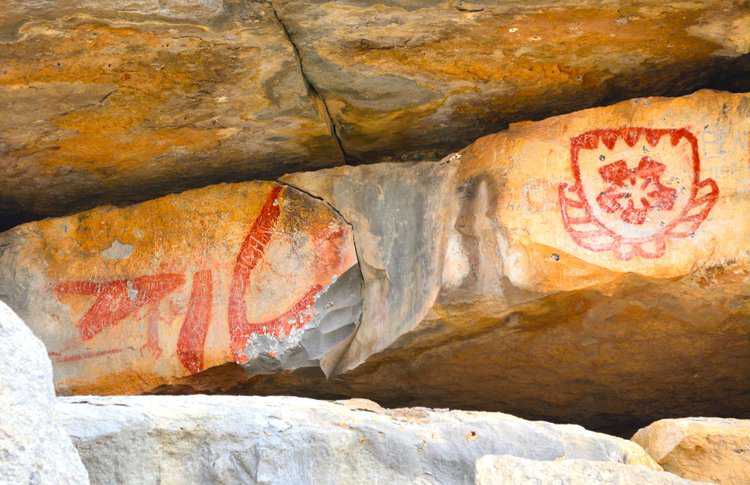
Citation:
Alejandra Echeverri et al. Avian cultural services peak in tropical wet forests, Conservation Letters (2020). DOI: 10.1111/conl.12763
What you can do
Support ‘Fighting for Wildlife’ by donating as little as $1 – It only takes a minute. Thank you.
Fighting for Wildlife supports approved wildlife conservation organizations, which spend at least 80 percent of the money they raise on actual fieldwork, rather than administration and fundraising. When making a donation you can designate for which type of initiative it should be used – wildlife, oceans, forests or climate.
Alesia Garlock
Wildlife / Environmental Advocate! I fight to protect nature. Informing the public of hidden agenda!
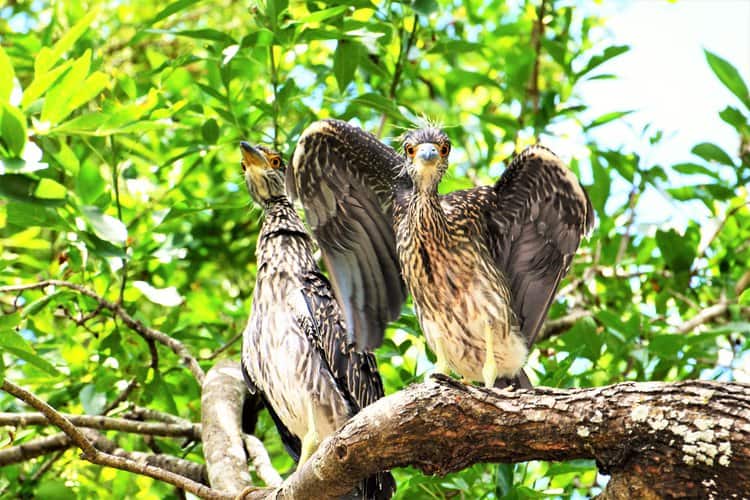
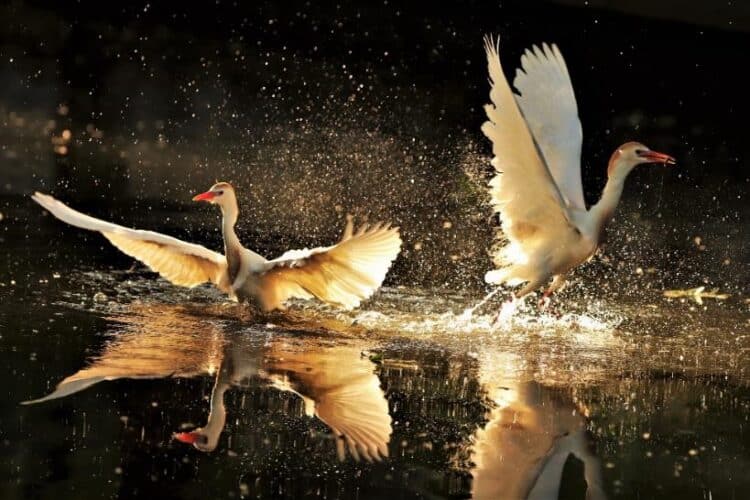
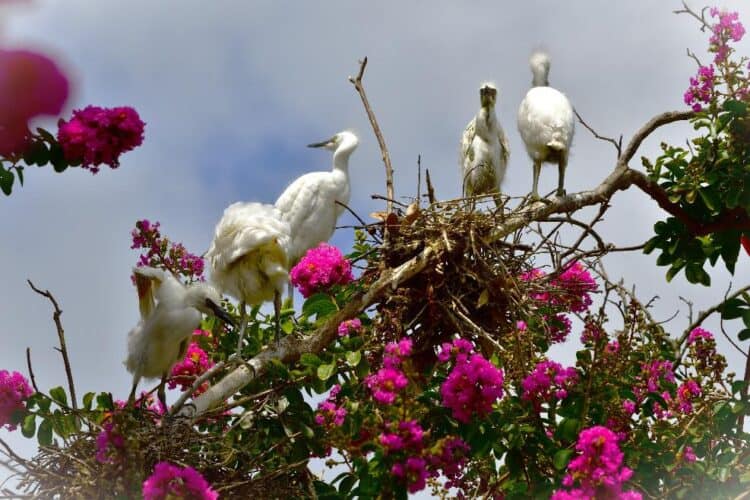



Leave a Reply